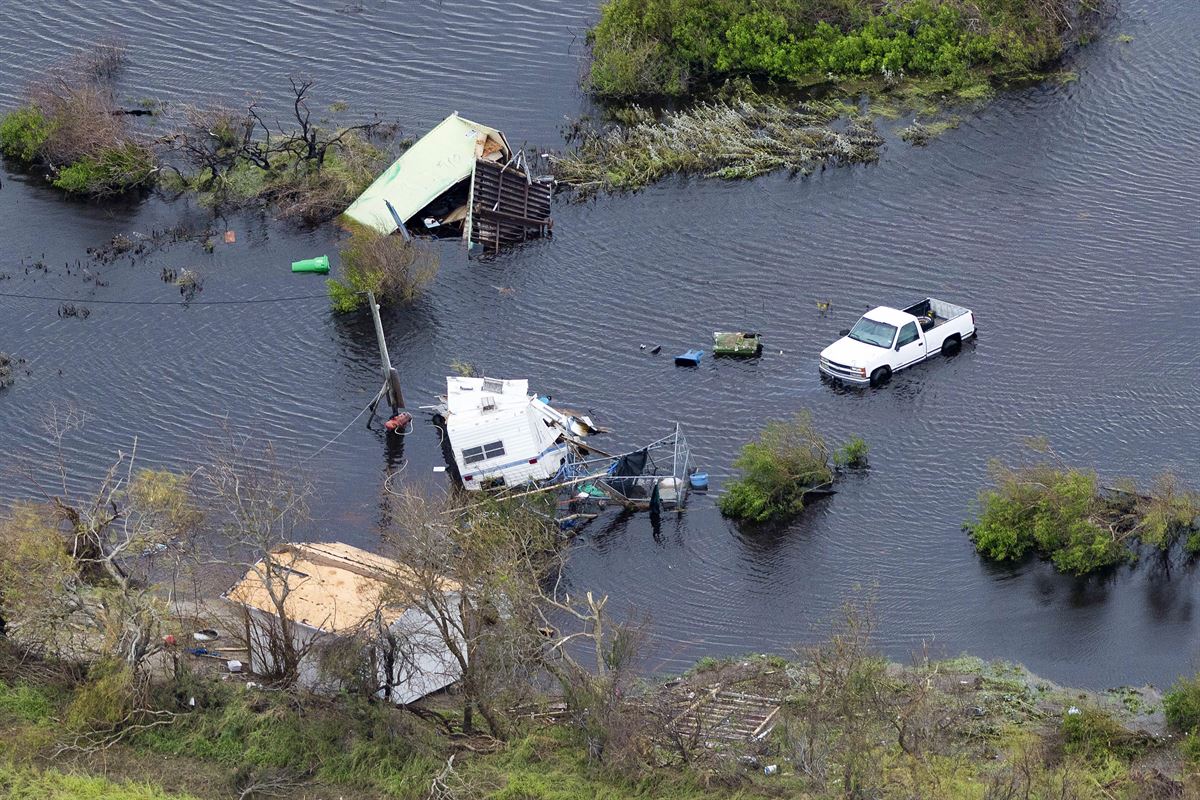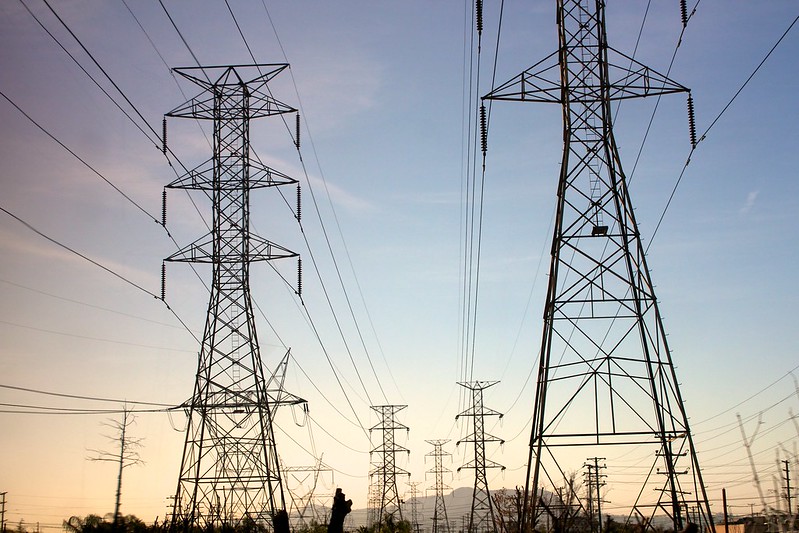By Michael Burger and Nadra Rahman
Last week, Interior Secretary Ryan Zinke submitted an interim report on his review of national monuments designated under the Antiquities Act of 1906, focusing in particular on the 1.35 million acre Bears Ears National Monument in Utah, which President Obama established on December 28, 2016. This week, Zinke has gone on the record with his emerging public lands policy, the key concept being that extracting fossil fuels from federal lands can lead to “energy dominance” (a Trumpist take on “energy independence”) and reduce the “social cost of not having jobs” (a not-so-clever play on the “social cost of carbon”). Curiously, Zinke is failing to connect the dots between his review of national monuments and his pro-extraction goals. This post will do the work for him.
Zinke’s interim report, like the overall national monuments review, was directed by Executive Order 13792, in which Donald Trump asked Zinke to review all national monument designations since 1996 over 100,000 acres in size. (EO 13792 also allows Zinke to review other monuments whose designation he perceives to have suffered from a lack of public process.) Zinke’s deliverable will be a final set of recommendations for “Presidential actions, legislative proposals, or other actions consistent with law…to carry out” the policies described in the Order. The Order assumes (1) that the President has the authority to revoke or reduce the size of existing national monuments, and (2) that the President has the discretion to do so for reasons that have nothing to do with the purposes or language of the Antiquities Act. As a team of leading natural resources law professors explicates here (and as I previously blogged in far less detail here), the Order assumes wrong, on both fronts.
In the report, Zinke recommends, among other things, that Trump take the unprecedented step of seeking to shrink the size of Bears Ears National Monument. In reaching this sadly predictable view, Zinke makes several legal errors: He relies on non-statutory policy rationales to reach his decision. He rejects the well-settled idea that the Antiquities Act grants the President the authority to set aside large landscapes as “objects of historic or scientific interest.” He assumes that existing agency assignments and management categorizations of federal land within Bears Ears somehow makes monument designation “unnecessary.” All of these, if relied upon by Trump to order a reduction in the size of Bears Ears, provide opponents with ample ammunition for the inevitable judicial review. But, to understand the problem with Zinke’s order from a climate change perspective, you have to read between the lines.
Alongside his other rationales, Zinke claims that “some management prescriptions appear to be too restrictive.”[1] He does not elaborate on this. He does not explain which “management prescriptions” he means to refer to. He does not describe what criteria he might rely on in concluding the monument designation is “too restrictive.” Yet, according to the proclamation establishing Bears Ears, the monument remains subject to existing rights, including water rights, and according to the U.S. Forest Service existing grazing, timber, hunting, fishing, and other recreational activities will continue. Tribal use will also continue. So what is Zinke talking about?
The answer is obvious: designation of the monument takes new fossil fuel extraction off the table.
At Bears Ears, this is potentially a huge deal. An estimated 90 percent of Bears Ears National Monument overlaps with known potential reserves of oil and gas. Moreover, this is but the first move in a larger game. EO 13792 directs Zinke to also review at least 26 other national monuments. A recent Energydesk investigation concluded that in addition to Bears Ears, five other national monuments now open to review sit above known or potential reserves of oil, gas, and coal: (1) Canyons of the Ancients (CO), (2) Carrizo Plain (CA), (3) Grand Staircase-Escalante (UT), (4) San Gabriel Mountains (CA), and (5) Upper Missouri River Breaks (MT).
In an effort to better understand both the motivation for the Trump-Zinke national monuments review and the potential climate change consequences of reversing course on protecting these treasured landscapes we undertook a literature survey to see what kinds of fossil fuel reserves are at stake. The table below summarizes our findings.[2]
The climate change implications are simply enormous. The total amount of known fossil fuels at the three monuments with estimated reserves (Canyons of the Ancients, Grand Staircase-Escalante, and Upper Missouri River Breaks) are at least 28 billion tons of coal, around 140 billion gallons of oil (or 3.43 billion barrels), and 5.6 to 14.2 trillion cubic feet of natural gas. If all of this were to be combusted, it would release 57 to 59 billion metric tons of CO2 equivalent (CO2e), with the vast majority emitted by coal from Grand Staircase-Escalante National Monument. (Around 56.5 billion metric tons of CO2e would be emitted by coal, 527 million to 2.1 billion by oil, and 306 to 770 million by natural gas.)[3] This is roughly equivalent to 16.73 billion cars driven for one year, or 8.3 billion homes’ energy use.
To put these downstream emissions projections into context, we also looked at how they relate to the 2°C and 1.5°C carbon budgets recorded by the Intergovernmental Panel on Climate Change (IPCC) in its 2014 Synthesis Report, the remaining room in the global carbon budget, and the United States’ recent figures for GHG emissions. Downstream emissions from the three national monuments with known quantities of fossil fuel reserves would account for 7.56% of the remaining 2°C global carbon budget.
If the U.S. were to maintain its current share of global emissions, the amount would constitute 50.42% of its remaining national 2°C carbon budget.
Under the 1.5°C carbon budget, emissions would constitute 34.97% of the global budget, and 233% of the national budget, based on the U.S.’s current emissions share.
Now, these numbers are provisional. There may be some over-estimation, as the calculations assume combustion of all quantified reserves, but not all of the fossil fuels are necessarily recoverable. Yet, there is also significant under-estimation, as the calculations numbers do not count Bears Ears, Carrizo Plain, or San Gabriel Mountains National Monuments, where there is a high potential of fossil fuel reserves. The calculations also do not include potential emissions from any of the other monuments under review, for which there is currently no data. The projections also do not count the areas of the Arctic Ocean set aside by President Obama that Trump has ordered open to oil and gas exploration and production – another significant component of the Trump-Zinke approach to public lands.
The interim order, on its own terms, tees up a presumptive decision to seek to shrink national monuments that will suffer from serious legal flaws, and will likely fail in court. But its silence on fossil fuels is deafening. Courts have been crystal clear that the decision to lease federal lands for coal extraction, in particular, requires analysis and disclosure of downstream greenhouse gas emissions. (For a discussion of the case law, see here.) At some point, then, the climate impacts from this proposed course of action will have to be reckoned with.
—————————————————————————————————————————
[1] In the same sentence, perhaps in an attempt to distract attention from this loaded clause, Zinke also reasons that “tribal interests have not been granted an adequate role in management.” However, the establishment of Bears Ears National Monument requires, among other things, the development of a management plan that must involve “maximum public involvement,” including consultation with federally recognized tribes; the establishment of an advisory committee that must include tribal representation; and the establishment of a Bears Ears Commission to provide guidance and recommendations on the management plan and its implementation, constituted of officers from the Hopi Nation, Navajo Nation, Ute Mountain Ute Tribe, Ute Indian Tribe of the Uintah Ouray, and Zuni Tribe.
[2] Numbers were not easy to come by. Due to limited fossil fuel exploration and development in national monuments, resource management plans, environmental impact statements, geological surveys, and other monument-specific documents do not often disclose specific potential amounts of gas, oil, and coal in national monuments, though they occasionally indicate if there was “potential.” Moreover, industry reports and other documents (e.g, those published by the U.S. Geological Survey) identify key fossil fuel basins across the U.S. Some of those basins include, but extend beyond, national monuments. Basin-wide estimates of fossil fuel reserves cannot, therefore, be used to assess the extent of reserves within any particular national monument. However, as shown in the table there are numbers for fossil fuel reserves in Canyons of the Ancients, Grand Staircase-Escalante, and Upper Missouri River Breaks.
[3] These calculations used the methodology from the Environmental Protection Agency’s (EPA’s) paper on “Direct Emissions from Stationary Combustion Sources” to calculate possible emissions of greenhouse gases from the combustion of the fossil fuel resources. See https://www.epa.gov/sites/production/files/2016-03/documents/stationaryemissions_3_2016.pdf









